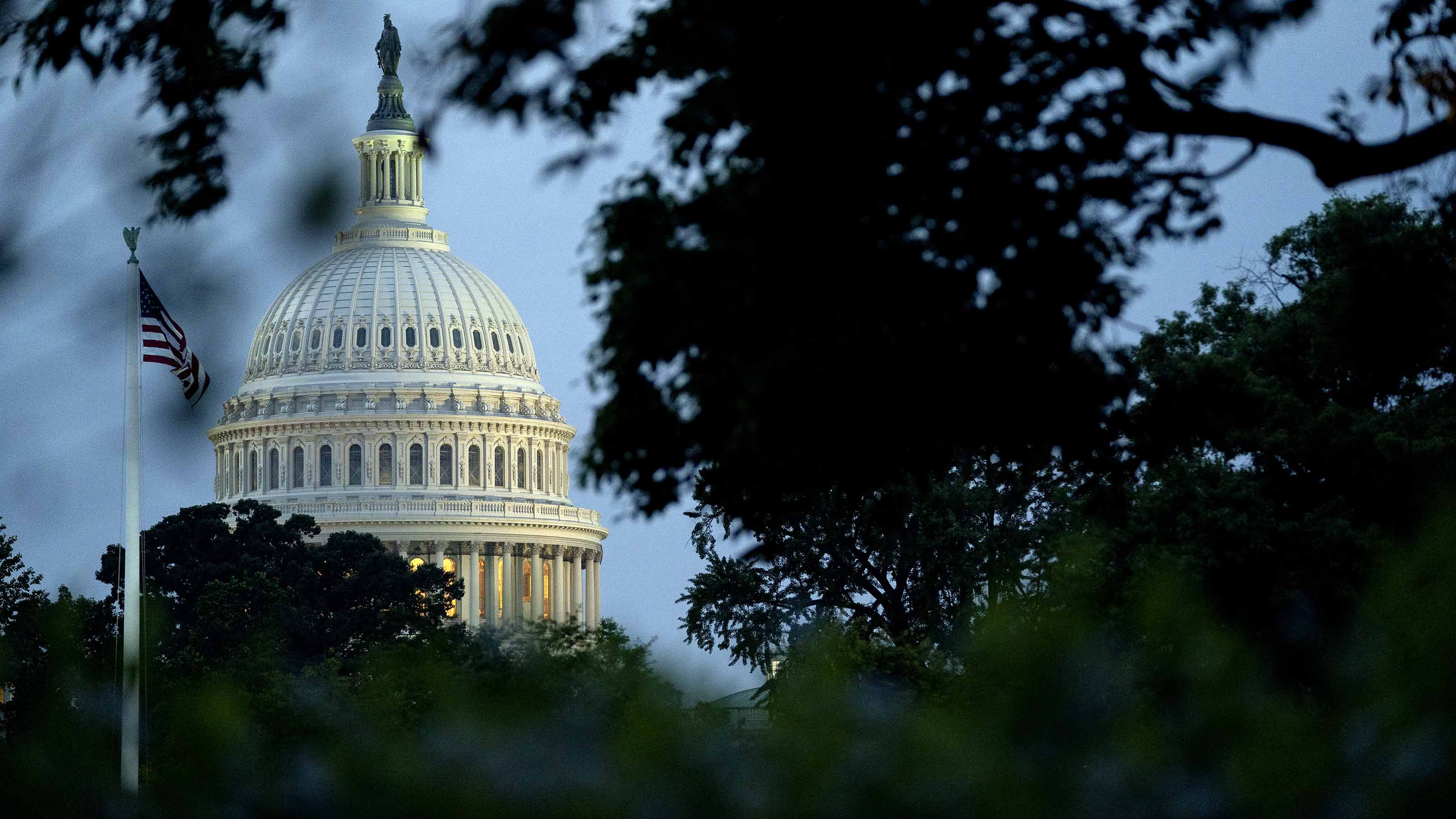SBA to Stretch Definition Of “Small” Business
Qualifying for Small Business Administration aid will soon be easier for thousands of companies.
The Small Business Administration will redefine what “small” means for firms in hundreds of industriesby revamping size standards over the next two years. The result: More businesses will qualify for all types of SBA financial aid, such as the flagship 7(a) loan guarantee program.
The SBA hasn’t taken a hard look at its size standards for more than 25 years, although it periodically makes inflation adjustments, as it did last year. There’s no doubt that in the last quarter-century, changes in industry structure, market conditions and business models have changed the definition of “small” for all sorts of businesses. The SBA’s effort will involve reviewing the standards for businesses in about 900 industries and adjusting them upward -- or, in a few cases, downward -- as needed.
There is no “one size fits all” benchmark to determine whether a business qualifies for SBA assistance. The agency has three general “anchor” standards: 500 or fewer employees for manufacturers; 100 or fewer employees for wholesalers; and $7 million or less in annual receipts for most other types of businesses. But each industry has its own standards because what may be “small” for, say, a garden center could be huge for a jewelry store.
From just $107.88 $24.99 for Kiplinger Personal Finance
Become a smarter, better informed investor. Subscribe from just $107.88 $24.99, plus get up to 4 Special Issues

Sign up for Kiplinger’s Free Newsletters
Profit and prosper with the best of expert advice on investing, taxes, retirement, personal finance and more - straight to your e-mail.
Profit and prosper with the best of expert advice - straight to your e-mail.
In the first round of this size standard revamp, SBA is looking at 138 industries and proposing to change the standards for 71 of them. For example, SBA wants to raise the cap on annual receipts for jewelry stores from $7 million to $25 million, which would allow a lot more stores to qualify for aid. The cap for nurseries and garden centers is proposed go from $27 million to $30 million.
In evaluating a given industry’s standard, SBA is looking primarily at the average size and startup costs for a business in that industry, along with what the competition is like and what the barriers to entry are. It also takes into account how any changes to the standard would affect rules intended to set aside a portion of federal contracts for small businesses.
Profit and prosper with the best of Kiplinger's advice on investing, taxes, retirement, personal finance and much more. Delivered daily. Enter your email in the box and click Sign Me Up.
-
 Are T-Mobile's Prepaid Perks a Home Run or a Strikeout?
Are T-Mobile's Prepaid Perks a Home Run or a Strikeout?T-Mobile's prepaid lineup promises MLB.TV, T-Mobile Tuesdays and hotspot data. But do the perks make it worth switching?
-
 Verizon Home Internet Is Offering Free Tech to New Customers
Verizon Home Internet Is Offering Free Tech to New CustomersVerizon’s latest home-internet promotion includes free tech, but the real savings depend on pricing, speed needs and how long you stay.
-
 Retirees in These 7 States Could Pay Less Property Taxes Next Year
Retirees in These 7 States Could Pay Less Property Taxes Next YearState Taxes Retirement property tax bills could be up to 65% cheaper for some older adults in 2026. Do you qualify?
-
 AI Appliances Aren’t Exciting Buyers…Yet
AI Appliances Aren’t Exciting Buyers…YetThe Kiplinger Letter Artificial intelligence is being embedded into all sorts of appliances. Now sellers need to get customers to care about AI-powered laundry.
-
 What to Expect from the Global Economy in 2026
What to Expect from the Global Economy in 2026The Kiplinger Letter Economic growth across the globe will be highly uneven, with some major economies accelerating while others hit the brakes.
-
 The AI Boom Will Lift IT Spending Next Year
The AI Boom Will Lift IT Spending Next YearThe Kiplinger Letter 2026 will be one of strongest years for the IT industry since the PC boom and early days of the Web in the mid-1990s.
-
 Amid Mounting Uncertainty: Five Forecasts About AI
Amid Mounting Uncertainty: Five Forecasts About AIThe Kiplinger Letter With the risk of overspending on AI data centers hotly debated, here are some forecasts about AI that we can make with some confidence.
-
 Worried About an AI Bubble? Here’s What You Need to Know
Worried About an AI Bubble? Here’s What You Need to KnowThe Kiplinger Letter Though AI is a transformative technology, it’s worth paying attention to the rising economic and financial risks. Here’s some guidance to navigate AI’s future.
-
 Will AI Videos Disrupt Social Media?
Will AI Videos Disrupt Social Media?The Kiplinger Letter With the introduction of OpenAI’s new AI social media app, Sora, the internet is about to be flooded with startling AI-generated videos.
-
 What Services Are Open During the Government Shutdown?
What Services Are Open During the Government Shutdown?The Kiplinger Letter As the shutdown drags on, many basic federal services will increasingly be affected.
-
 The Economy on a Knife's Edge
The Economy on a Knife's EdgeThe Letter GDP is growing, but employers have all but stopped hiring as they watch how the trade war plays out.